
At the Çorakyerler excavations, 100 fossils dating back 8.5 million years were uncovered
In the “Çorakyerler Vertebrate Fossil Locality” in Çankırı, approximately 8.5 million-year-old 100 fossils belonging to vertebrate animals were discovered during excavation works. The excavations at the Çorakyerler Vertebrate Fossil Locality are being conducted under the leadership of Prof. Dr. Ayla Sevim Erol, the head of the Department of Anthropology at Ankara University, Faculty of Languages,
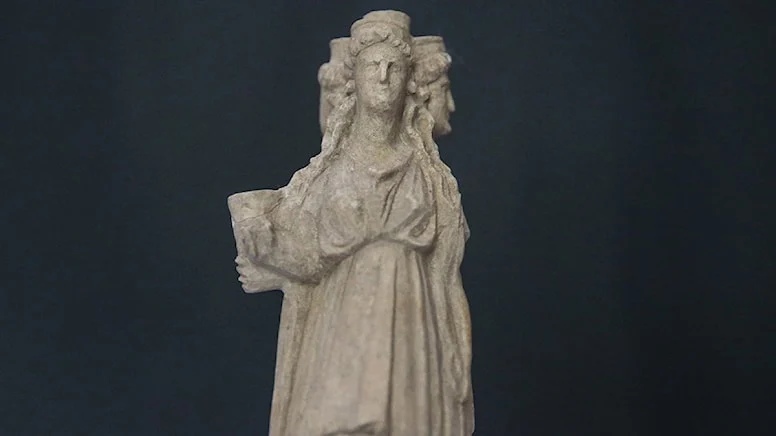
A 2,300-year-old triple-headed goddess Hecate figurine was found in the ancient city of Kelenderis
In the ongoing excavation works at the ancient city of Kelenderis, which includes a Roman-era bath, an odeion (a place for musical activities), a basilica-style church, and mosaics, a figurine of the triple-headed goddess Hecate was discovered. Kelenderis Ancient City is a significant historical settlement located within the boundaries of the Erdemli district in the

How did the non-seafaring Hittites of the Bronze Age maintain control over Eastern Mediterranean trade?
During the Bronze Age, Anatolia possessed significant overland trade routes. The trade colonies established by Assyrian merchants formed the main arteries of trade in the 2nd millennium BC. These Assyrian traders transported goods from Mesopotamia to the western reaches of Anatolia through trade routes, contributing to the development of commerce. Notably, the Assyrian traders not
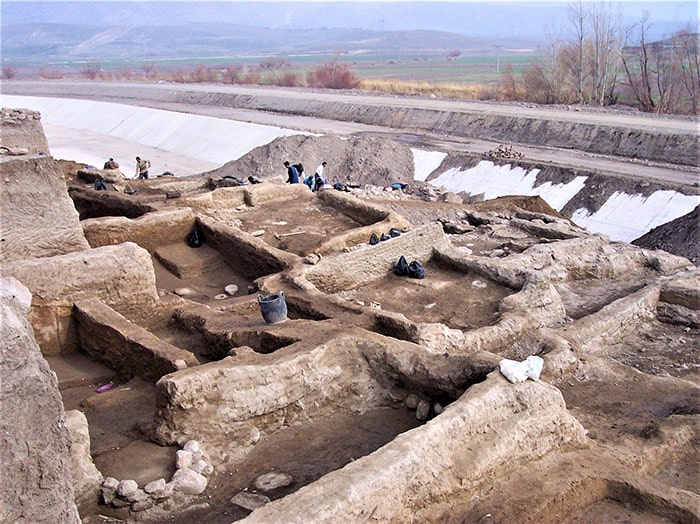
Gökhöyük might possess a settlement that will shed light on the 7000-year history of Central Anatolia
Gökhöyük, located in the Seydişehir district of Konya province, is believed to have a settlement dating back to the 7th millennium BC. During the rescue excavations carried out at Gökhöyük between 2022 and 2005, structures such as houses, walls, and burial areas were uncovered, along with various artifacts including pottery, tools, and metal objects. The
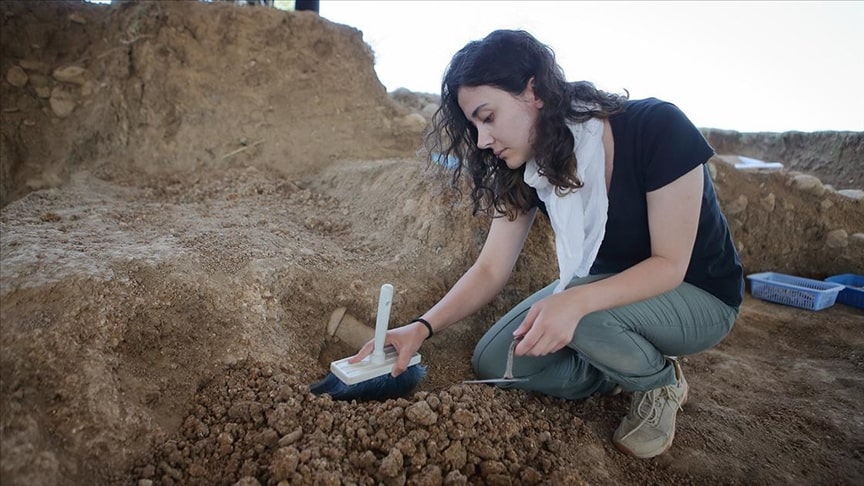
The borders of the Hittite city of Şapinuva are determining by 3300-year-old workshops
The boundaries of the second significant administrative center, the city of Sapinuva, established by the Hittites, who were the first centralized state in Anatolia is determining through workshops called “işlik” spanning 3300 years. In Şapinuva, which was the capital of the Hittite empire for a period, work continues in the two workshops that were unearthed

New research shows that Ötzi the Iceman had dark skin, a bald head, and Anatolian origins
A recent study on Ötzi, the ice man found in the Alps in 1991 and dated to 3300-3100 BC, revealed that Ötzi has Anatolian origins. The body of Ötzi, extracted from within an ice sheet on the Similaun Mountain located on the border of Italy and Austria, was remarkably well-preserved. The studies and analyses conducted

The remains of a 1800-year-old female statue and frieze fragments depicting mythological narratives discovered in the ancient city of Olba
During archaeological excavations at the ancient city of Olba in the district of Silifke, Mersin, a female statue believed to date back to the 2nd century AD and two frieze fragments depicting mythological scenes were unearthed. The excavations of the ancient city of Olba, known as the center of the Kingdom of Olba, continue under
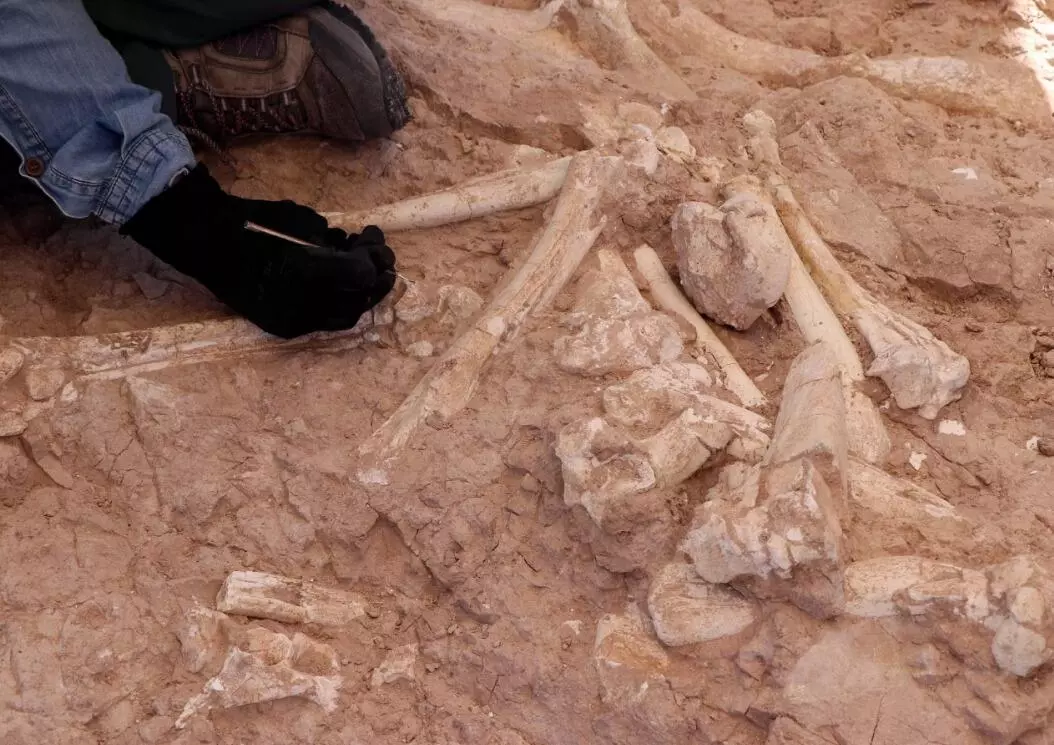
Archaeologists found 7.5 million-year-old giraffe bone in central Anatolia
Archaeologists excavating at a site on the shores of Yamula Dam in the province of Kayseri, located in central Türkiye, found a 7.5 million-year-old giraffe forelimb bone. Oğuzhan Köylüoğlu, an expert anthropologist, stated that the work at the site started on June 7 and they found nearly 30 fossils. Normally, they would find articulated fossils
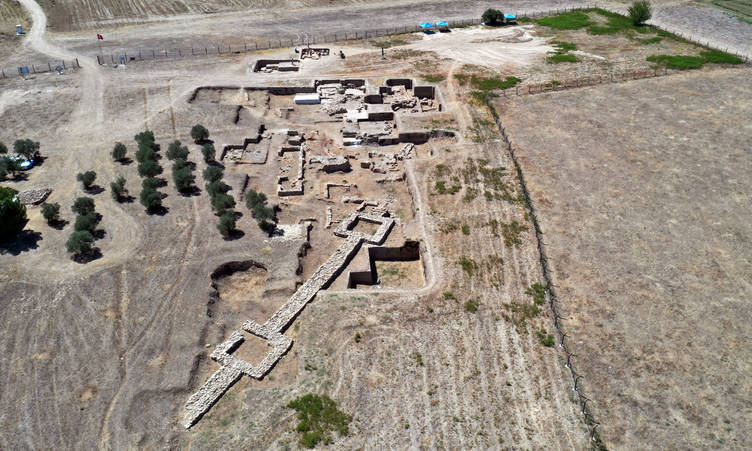
A palace-like structure dating back 3300 years and grain bins were discovered during the excavations at Aydın Tepecik Mound
At the ongoing excavations at Tepecik Mound, where traces of settlement dating back to 7,500 years ago have been observed, agricultural products and obsidian trade were identified. A structure with palace or temple architecture dating back to around 1300 BC, and a grain storage facility within it, has been unearthed. Tepecik Mound is located in

An impressive prehistoric architectural engineering “Karahantepe”
Karahantepe, known locally as “Keçilitepe”, is a prehistoric site in an upland area of the Tektek Mountains in the Southeastern Anatolia Region, Türkiye. Located just over 45 kilometers (27 miles) east of Göbekli Tepe, Karahan Tepe was first discovered in 1997. While the archaeological site has still not been fully excavated, digs have revealed that
